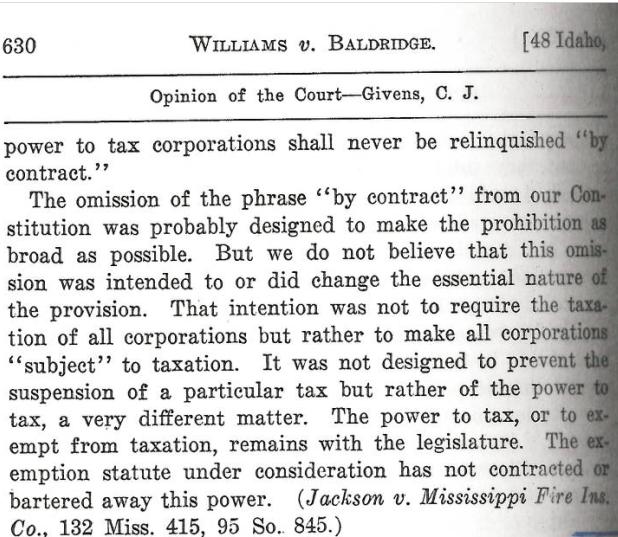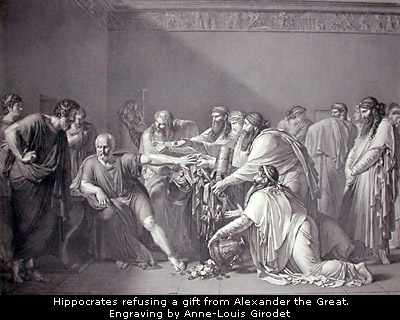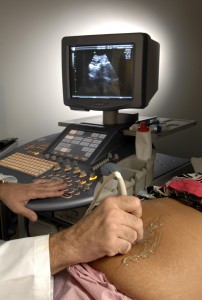It is hard to be away from home for the legislative session, but Boise gets many visitors from around the state and I enjoy the visits. It isn’t always easy but I try to make the time. A good friend from the old days came to town a few weeks ago and I am still thinking about it.
We shared many things in years past; our kids are about the same age, we both hunt and played sports, but we have always been on different ends of the political spectrum. Still, we are friends and I hope we remain that way. That’s how I believe we can move this state forward; friendships and conversation.
I picked him up at the airport and we found a place downtown to eat. Parking was tight but my pickup is small so I did my best to parallel park in a short spot. We had a beer and some good food. He asks good questions and listens well. At one point, I’m not sure in response to what, he objected to the “gay agenda”, and I found myself reacting.
“Dick, there is no ‘gay agenda’ They just want fair treatment and the justice we all should share.”
He paused, listening and asked, “So you think, if I own a business and I don’t support their lifestyle, I should be required to make a cake for their gay wedding or required to take pictures at it, when I don’t think what they are doing is consistent with my values?”
I paused and considered, because this is a real question our country faces now. So I was honest. “Well, no, I don’t believe a private business should be compelled to provide services it doesn’t support. At the same time, shouldn’t we all respect each other? Shouldn’t we all treat each other with dignity?”
“So is suing a business owner for standing up for their values and beliefs respecting their dignity?”
I paused, and I thought about Rosa Parks. If she had not stood up for what she perceived as injustice, our community awareness of the respect we all deserve would be diminished. Her courage to confront the community expectation that African Americans sit in the back of the bus has ennobled us all. So why is this a “gay agenda”? Why is this not just a reasonable request for human dignity? I guess both sides feel attacked and on the defensive. And so our differences can become a battle instead of a respectful conversation.
After our dinner we went out into the dark downtown Boise night. We found my little truck had a flat on the right rear. My first reaction was to suspect someone had knifed the tire, since the parking spot was now much wider, a car had left and another pulled in not as close. I suspected the guy I had squeezed in next to was angry about my closeness as he tried to pull out and decided to show me what he thought with a spiteful act of vandalism. But as I got out the jack and resigned myself to laying in the gutter on broken glass in my Senate-required suit, I decided maybe I had hit the curb and cut my own sidewall. We got it changed and I took him out to his hotel. The next day the tire store told me it was a knife to the sidewall after all. So much for me trying to think better of human nature.
I was thinking about how we treat each other when the February 3 protest in front of the Senate happened. Forty some folks with hands in front of their mouths with T-shirts proclaiming “ADD THE FOUR WORDS” blocked the front of the entrance to the Senate chambers and would not move. They were arrested, quietly, respectfully, but none the less arrested for trespassing in our state capitol.
Idaho has a Human Rights Task Force that is empowered to investigate disputes in housing or employment that might be based on discrimination due to race, religion, etc. We have tried to add the words “ gender identity” and “sexual orientation” to this list for eight years now, but have been blocked in our Republican dominated legislature. I imagined that some may see this as another expression of the “gay agenda”.
But in the legislature, we don’t discuss, we posture.
Chapter two (or three or four) of our state’s inability to talk with each other this year was the “Luker Bills” . They were designed to “protect” professionals from a sanction by their licensing board if the professional refused to provide a service they objected to on religious grounds( like the wedding cake for the gay marriage). The second bill prohibited any municipal ordinance from restricting the practice of religious activities. I have not heard of this being an issue in our state, but I guess it needs defending. When one feels attacked, defense is normal. And it seems the “gay agenda” is a strong threat to some. These bills have died, but I don’t know if we feel any closer to a conversation.
Chapter next comes with a sidearm.
We now have a bill requiring the public universities and colleges relinquish control of fire arm possession on their campuses. It is universally opposed by the college officials and the police chiefs in these towns. But this election year the fact that these districts all have Democratic legislators when the state is 80/20 Republican, the politics of such a stance is not lost on me.
So our legislative session progresses, with little conversation about substantive issues. We have a growing deficit in road maintenance, our public schools are still 6 years behind in funding, and we have now claimed the position of the “lowest wage” state.
How can we build a healthy community relationship? I believe only through such a relationship can we make the best policy for our next generation. No one is better off when we are both feeling attacked. We should be sitting down and having honest discussions, even if we disagree. That might change our culture. We may even need to change fewer flat tires.


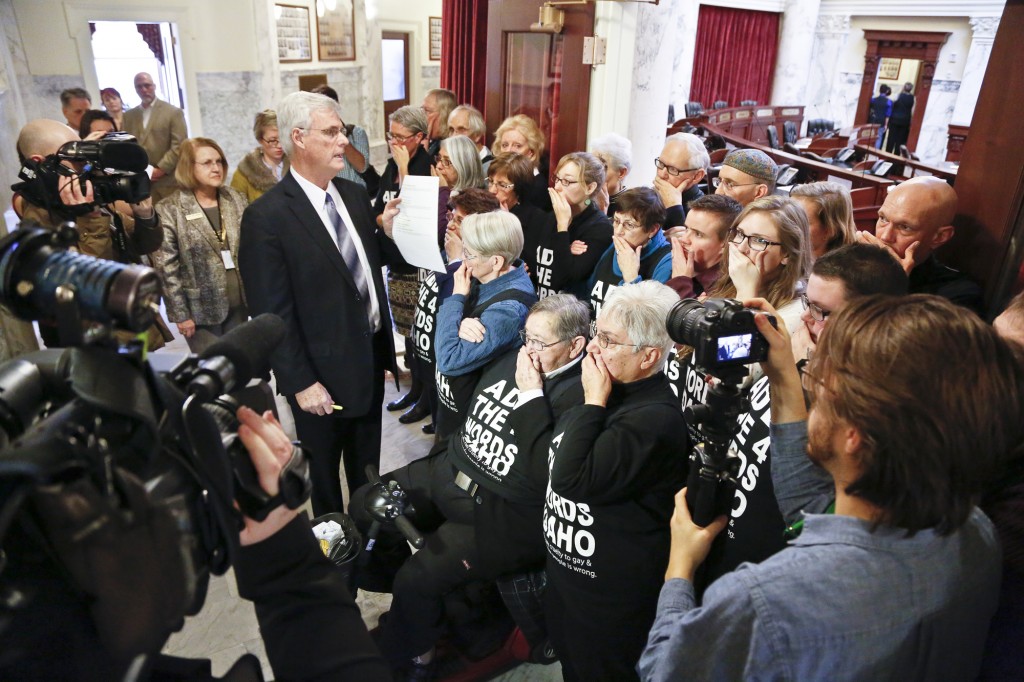

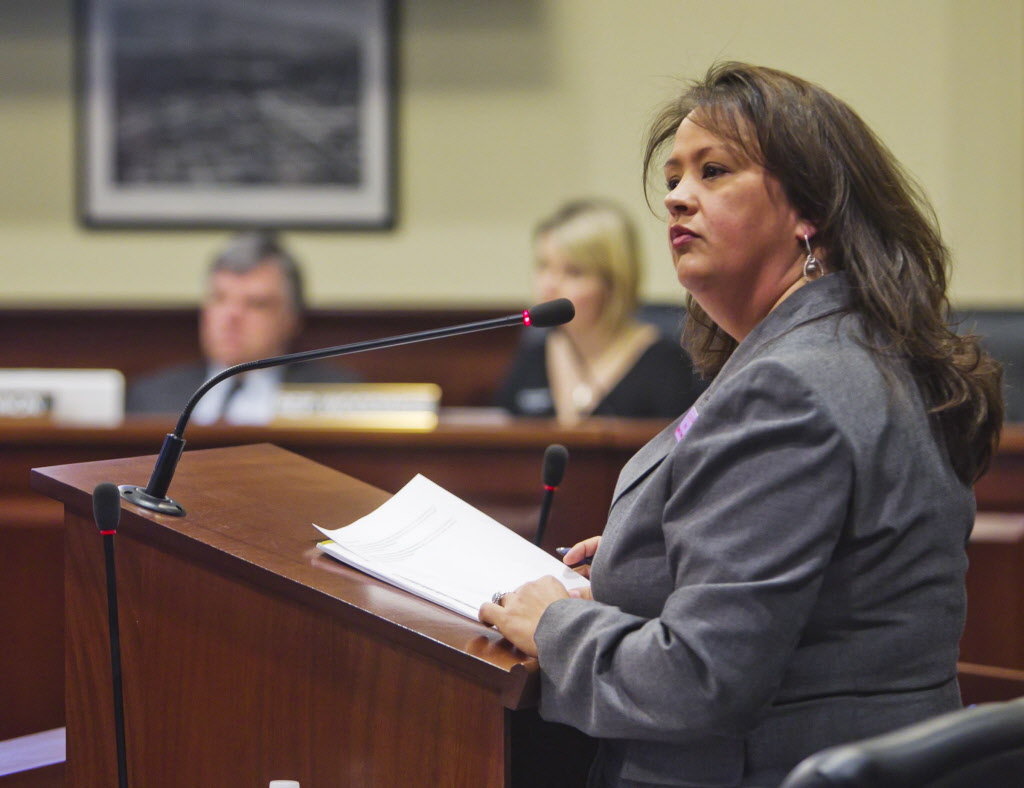


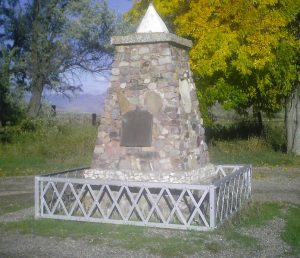


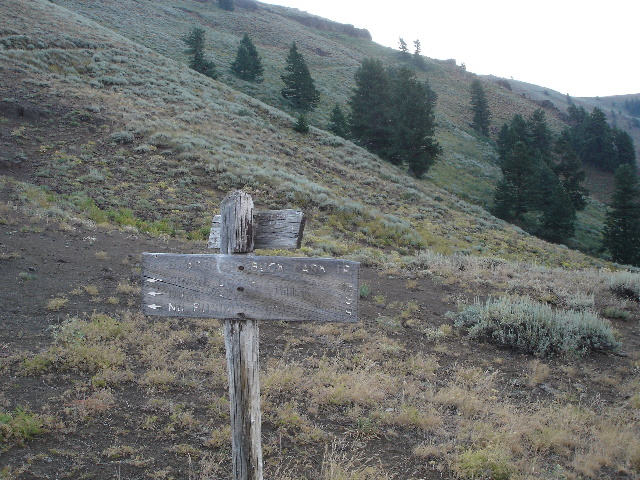





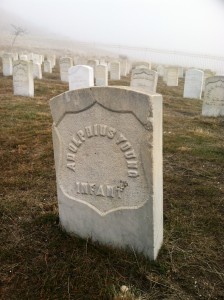


 leader of the Idaho Freedom Foundation, with ties to
leader of the Idaho Freedom Foundation, with ties to
